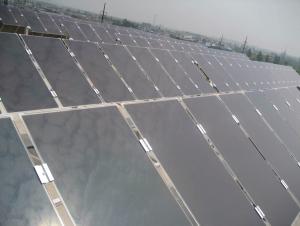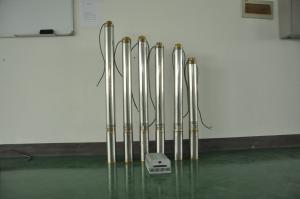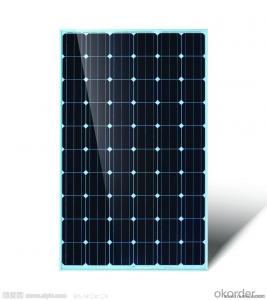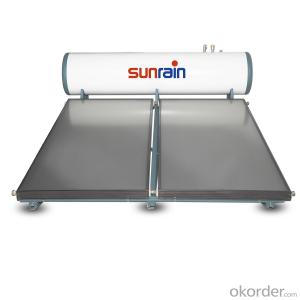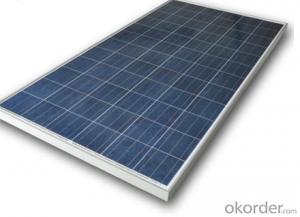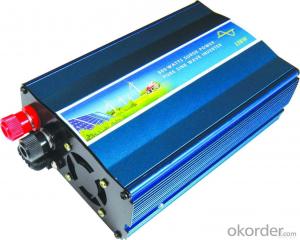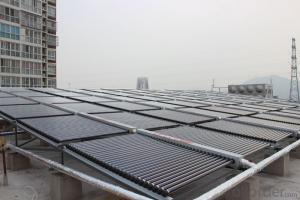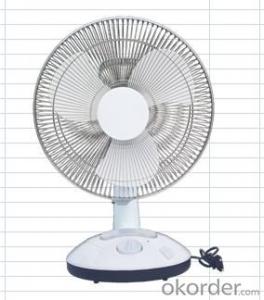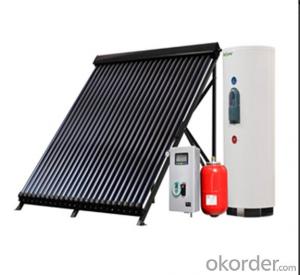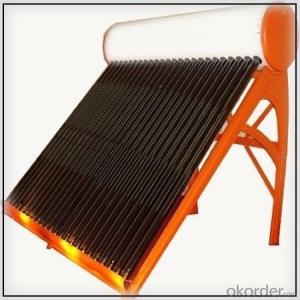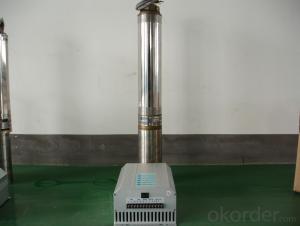Solar Without Inverter
Solar Without Inverter Related Searches
Solar Power Without Inverter Solar System Without Inverter Without Battery Solar Inverter Solar Without Battery Inverter Solar Panel Without Inverter Inverter Without Solar Panel Transformerless Solar Inverter Solar With Electric Inverter Inverter With Battery Solar Inverter With Solar Input Battery Less Solar Inverter Solar Battery With Inverter Inverter With Solar System Inverter With Solar Panels Solar Inverter Off Grid Convert Inverter To Solar Inverter With Solar Panel Solar Based Inverter Solar And Inverter Inverter Solar Off Grid Solar Panel With Inverter Inverter For Solar Inverter With Solar Charger Solar Panels With Inverter Easy Solar Inverter Off Grid Inverter Solar Solar To Inverter Solar Charger With Inverter Offline Solar Inverter Stand-Alone Inverter SolarSolar Without Inverter Supplier & Manufacturer from China
Solar Without Inverter is a product that includes solar panels, charge controllers, and batteries. This integrated solar power system is designed to provide a reliable and efficient source of electricity without the need for an inverter. The system is particularly useful in remote areas where access to a stable power grid is limited or non-existent. It is also an excellent solution for off-grid applications, such as powering homes, businesses, and recreational vehicles.The Solar Without Inverter system is widely used in various scenarios, such as rural electrification, off-grid living, and emergency backup power. It is particularly beneficial for those who want to reduce their reliance on fossil fuels and embrace renewable energy sources. The system can be easily installed and maintained, making it a cost-effective and environmentally friendly option for energy generation.
Okorder.com is a leading wholesale supplier of Solar Without Inverter products, offering a vast inventory of high-quality solar power systems. With a commitment to customer satisfaction, Okorder.com ensures that customers receive reliable and efficient solar power solutions at competitive prices. By partnering with Okorder.com, customers can take advantage of their expertise and large inventory to find the perfect Solar Without Inverter system to meet their specific energy needs.
Hot Products

